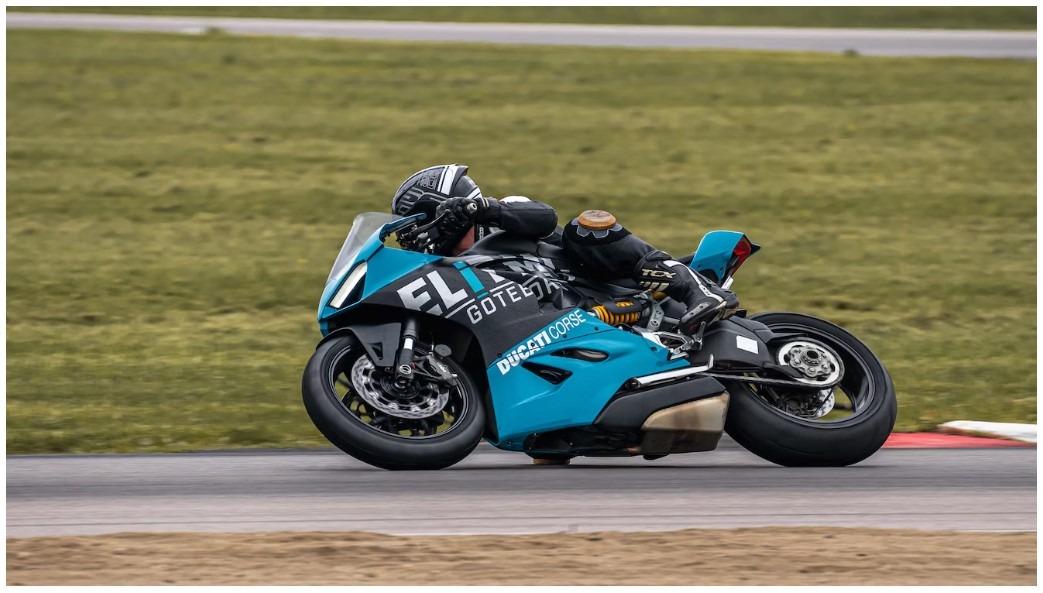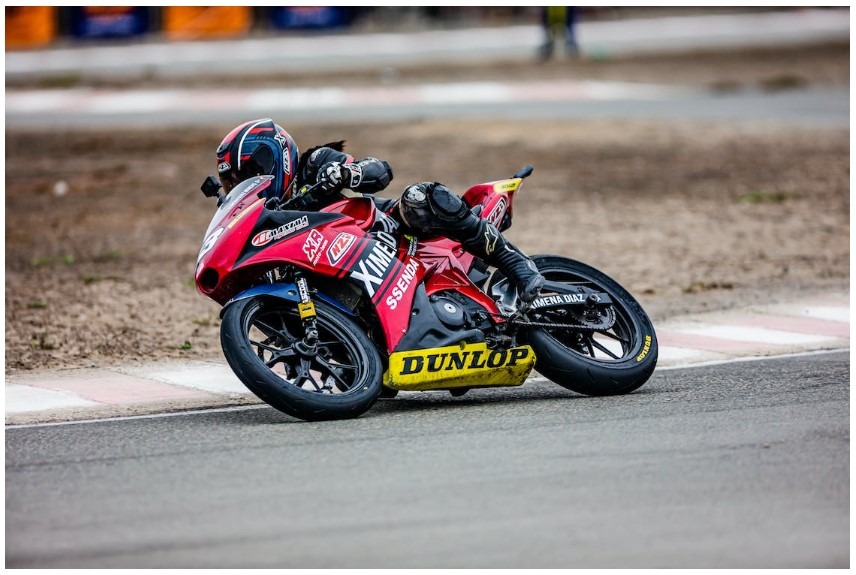After the invention of the combustion engine that revolutionized power generation, industries, and transportation, it also heralded organized races of all sorts, displaying the prowess of the machines. Today, we continue to witness entertaining and thrilling action with different types of vehicles competing in iconic racing circuits across the globe.
While Formula 1 is undoubtedly the world’s most popular form of auto racing, other races provide the same fun and rush of adrenaline, attracting thousands to millions of spectators. One of which is Daytona 200, a prestigious annual motorcycle racing taking place at the famous Daytona Speedway.
Here, let’s know more about Daytona 200, its rich history, and why it remains one of the most renowned motorcycling races in the world.
Savannah 200
Daytona 200 traces its roots in 1932. In that year, Southeastern Motorcycle Dealers Association held a 200-mile dirt track racing event in Savannah, Georgia. Participants raced on the old Vanderbilt Cup course using their Class C motorcycles, the same ones used in AMA (American Motorcyclist Association) Grand National Championship.
The next year, another race was held in Savannah before it was transferred to Jacksonville, Florida, in 1934. Racers gutted it out at the Camp Foster Work Camp situated on St. Johns River. Yet, the venue proved to be small for the competition. Thus, prompting the event to be moved back to Savannah in 1936.
Move to Daytona Beach
In 1935, Daytona Beach, which has been a famous site for racing competitions since 1902, dwindled in popularity against Utah’s Bonneville Salt Flats race track. As such, race promoter Bill France Sr. arranged for the transfer of Savannah 200 to Daytona Beach Road Course in 1937. For years, Daytona 200 races were held in the venue before competitions were halted from 1942 to 1946 due to World War 2.
After nearly five years of absences, riders and fans were excited to go back to racing on the beach. 184 riders joined the event, while town residents rented out their homes as camping areas and hotels to accommodate all the visiting fans.
Yet, with the arrival of residents and the sprout of new urban developments, the organizers were prompted to use a new beach course situated further south close to Ponce Inlet. The length of the course was increased to 4.2 miles (6.6 kilometers), coming from the previous 3.2 miles (5.15 kilometers) stretch of the older course.
Daytona International Speedway
Yet, rapid urban growth in the 1950s further made it more challenging to run races on the course. With that, France was prompted to purchase a new piece of land within Daytona Beach close to the city airport. He negotiated and arranged financing and construction for the new course began in 1957.
Two years later, the 2.5-mile Daytona International Speedway opened. It was an oval-shaped and paved circuit, designed with steeper banking for faster speeds.
In 1961, France was able to entice the officials to move Daytona 200 to the Speedway, signaling the switch of racers from motorcycles intended for dirt track racing to motorcycles designed for road racing same as the ones utilized in the Grand Prix.
For the first few years, the 31-degree banking wasn’t used due to safety concerns. Instead, the track created was mostly infield, while the finish line was placed fronting the spectators’ stands.
Rising Popularity
Attendance in the early years suffered as most of the enthusiasts preferred the old race setup at the beach. Thankfully France exerted much effort to promote the race, and all were rewarded in the early 1970s when the Daytona 200 got the biggest crowds among all races organized by the AMA.
With that, Daytona 200 also gained prominence internationally and it became the crowning jewel of the Daytona Beach Bike Week, which also featured other events like dirt track racing and motocross. During its peak in the 1970s, chartered airlines were even used to bring European fans to Daytona Beach. Moreover, the annual event attracted thousands of motorcyclists who wanted to bolt out from the colder northern climates.
Early Records
In 1969, French-Canadian Yvon Duhamel with his Yamaha TD3 became the first rider to win the pole with the first-ever qualifying lap with a speed of above 150 miles per hour. In 1972, American racer Don Emde won the Daytona 200 riding a Yamaha TR3. His victory was also the first father-son winner in the race’s history, with his father Floyd Emde, also having won the race in 1948. Meanwhile, Yamaha proved to be dominant in the succeeding 13 consecutive years, part of which was the nine straight wins of the Yamaha TZ750.
In 1973, Jarno Saarinen, then-reigning 250cc champion, became the first European race to secure a victory in the Daytona 200. The following year, Italian racer Giacomo Agostini, a multi-time world champion, won the Daytona 200, cementing its prominent global status.
Other foreign riders followed suit and triumphed in the competition, namely Venezuelan racer Johnny Cecotto in 1976, French rider Patrick Pons in 1980, and New New Zealander Graeme Crosby in 1982. Several countries soon also emulated Daytona 200, establishing their own competition like Paul Ricard 200 in France and Imola 200 in Italy.
From 1992to 1998, Scott Russell, nicknamed “Mr. Daytona,” won five Daytona 200 titles. Duhamel ties him with five all-time championships, but Russel was able to earn his in a span of eight years, while Duhamel took 16 years to complete the same feat, earning his fifth title in 2005.
Developments
Across the years, various developments were made to match engine performance on the race track’s banking and for added safety of the riders. These include veering away from high-powered Grand Prix motorcycles and switching to Superbikes or highly modified production motorcycles.
However, the tires of the Superbikes continued to overheat on the banking, prompting to organizers to remove the West Banking. The Daytona International Speedway owners were displeased with the omission, so the banking was placed back and adjustments on power and sizes were made on the bikes instead.
Final Words
Nearly a century after its first race, Daytona 200 continues to be one of the toughest races in America. While it may have already eclipsed its zenith, we can still expect it to deliver incredible and exhilarating competitions with its pool of talented riders and spectacular machines adding new chapters to this classic motorcycling event.


